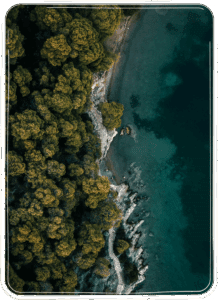- (503) 575-0134
- hello@awakeningscounselingpnw.com
- Online Therapy in Seattle, WA and Across Washington

You’ve spent a long time surviving, probably since childhood. Holding everything together for yourself and others, pushing your needs aside. In therapy, we make space for the parts of you that are tired of doing it all, alone.
Each session, you’ll learn tools to manage overwhelming emotions, explore what’s underneath old coping strategies, and build a stronger relationship with yourself. No pressure to open up before you’re ready. Just a steady, compassionate process that moves at your pace.
Learn how to respond to life instead of bracing for it. Therapy offers a safe place to slow down, unburden, and reconnect with yourself.
My approach blends evidence-based modalities like ACT, IFS, EMDR and CBT—so we can meet whatever’s coming up that day with care and flexibility. Some sessions might focus on emotion regulation or boundary work. Others might help you explore old patterns around trust, control, or self-worth.
Over time, you’ll start to feel more grounded, less reactive, and more in alignment with who you really are—not who you’ve had to be to stay safe. There’s no set timeline for healing, but most clients start to feel incremental shifts within six months.
Ready to begin trauma therapy in Washington State?




Start your trauma treatment journey in Washington State today.

The EMDR Peaceful Place exercise (also known as Calm Place or Safe Place) is a refuge from overwhelm.
It helps you develop a sense of emotional safety and control, manage distressing emotions, and build resilience. Take your time with each step. Notice how you feel before you start and what’s changed when you finish. If this exercise gets too uncomfortable, stop and talk to a therapist.